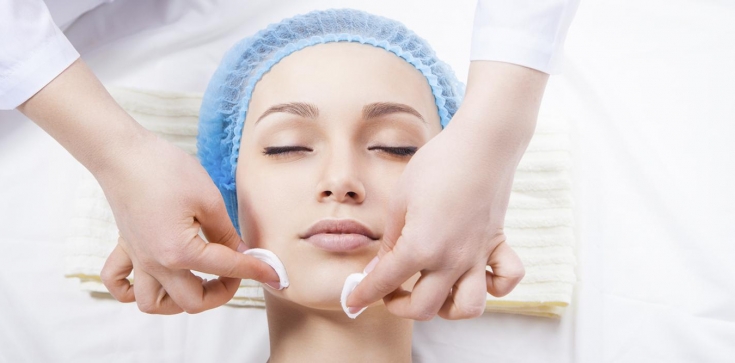The study of the microflora of the human body, and in particular the skin, has recently led scientists to interesting and important discoveries. As it turned out, not only flora, but also fauna actively interacts with the skin – a variety of microbes. Even the existence of Demodex micromites on the skin is already considered as one of the variants of the norm.
Therefore, today, to define the community of microorganisms that coexist on the skin and affect its condition, the concept of "microbiome" is used. estet-portal.com believes that in modern realities, cosmetologists will have to take into account the role of the microbiome in maintaining skin health.
Influence of microbiome on skin health and processes
As you know, there are no people with sterile skin. There is always a community of bacteria, viruses, fungi and even arthropods on it. They interact with each other and with skin cells. Moreover, the composition of the human microbiome is quite stable. Moreover, scientists have found similarities in some features of the skin microbiome in relatives of different ages who live far from each other and even in different climatic conditions.
These features of the skin microbiome remained stable regardless of changes in age and place of residence of the subjects.
Communities of bacteria and other microorganisms on the skin can vary greatly depending on the location. Their composition is influenced by temperature, acid-base balance of the skin and other factors. Scientists have found that the superficial, microbial layer of the skin actively interacts with its other layers. Microorganisms are present in the epidermis, and in the dermis, and even in individual compartments of the subcutaneous adipose tissue.
The state of the cells of the epidermis and the dermal layer of the skin, as well as the processes occurring in them, depend on the activity of the microbiome.
The state of the skin microbiome affects the following processes occurring in the skin:
• synthesis of structural elements of the dermis and their destruction;
• tissue respiration activity;
• maintenance of the hydrolipidic mantle;
• renewal of the epidermis;
• moisture retention in the skin.
The activity of skin inflammatory processes also directly depends on the state of the microbiome. The composition of the microbiome can change under the influence of external factors – taking antibiotics, changes in diet, the use of cosmetic products. Changing the characteristics of the microbiome, the ratio of its components, can be one of the key factors in the development of dryness and hypersensitivity of the skin, pigmentation disorders, hyperkeratosis.

There is evidence of a significant role of the microbiome in the exacerbation of acne, rosacea, eczema. Persistent erythema and pruritus of unknown origin may be explained by disruption of the skin microbiome. There is a high probability that the altered microbiome will influence the development of neurodermatitis, psoriasis and some other chronic skin diseases.
Finally, the severity of signs of age-related changes depends on the microbiome.
Is it possible to control the state of the microbiome and how it will affect skin health
The generally accepted point of view on the therapy of inflammatory skin diseases until recently was that it is necessary to destroy pathogenic bacteria. And for this, a wide range of antiseptic agents should be used, up to antibiotics. In hygienic skin care, especially on the hands, you can often find antibacterial ingredients in cleansing and care products.
When peeling, dermabrasion and other cosmetic procedures that destroy the stratum corneum and other layers of the epidermis, antiseptics and occlusive agents are widely used to protect against bacterial contamination. All these measures are important and justified.
When using antibacterial agents to protect against secondary infection, the microbiome of the skin is destroyed, without which it cannot exist.
To restore the destroyed microbiome, scientists suggest using prebiotics and probiotics. Probiotics - These are complexes of bacteria that are beneficial for the skin. When applied to the skin, they should multiply, displacing the pathogenic flora. But the preservation of bacteria in the composition of the cosmetic product is still in the process of research and development.
Prebiotics are already included in cosmetics today, as they do not need special conditions to sustain life. However, for their effectiveness, it is necessary to abandon the concept of skin disinfection and switch to mild hypoallergenic cleansers. With a well-balanced microbiome, the skin is radiant, looks healthy, and shows less visible signs of age – wrinkles, texture unevenness, age spots.
Read also: Stressed skin: correction with probiotic carboxytherapy







Add a comment